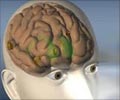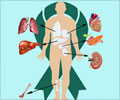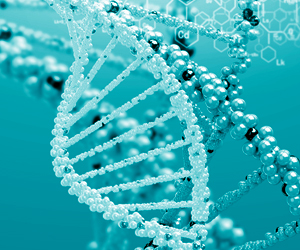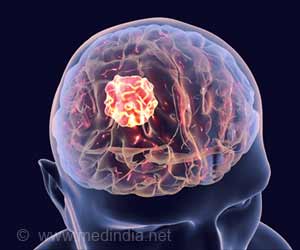Bone marrow-derived stem cells have been recognized as a source for transplantation.
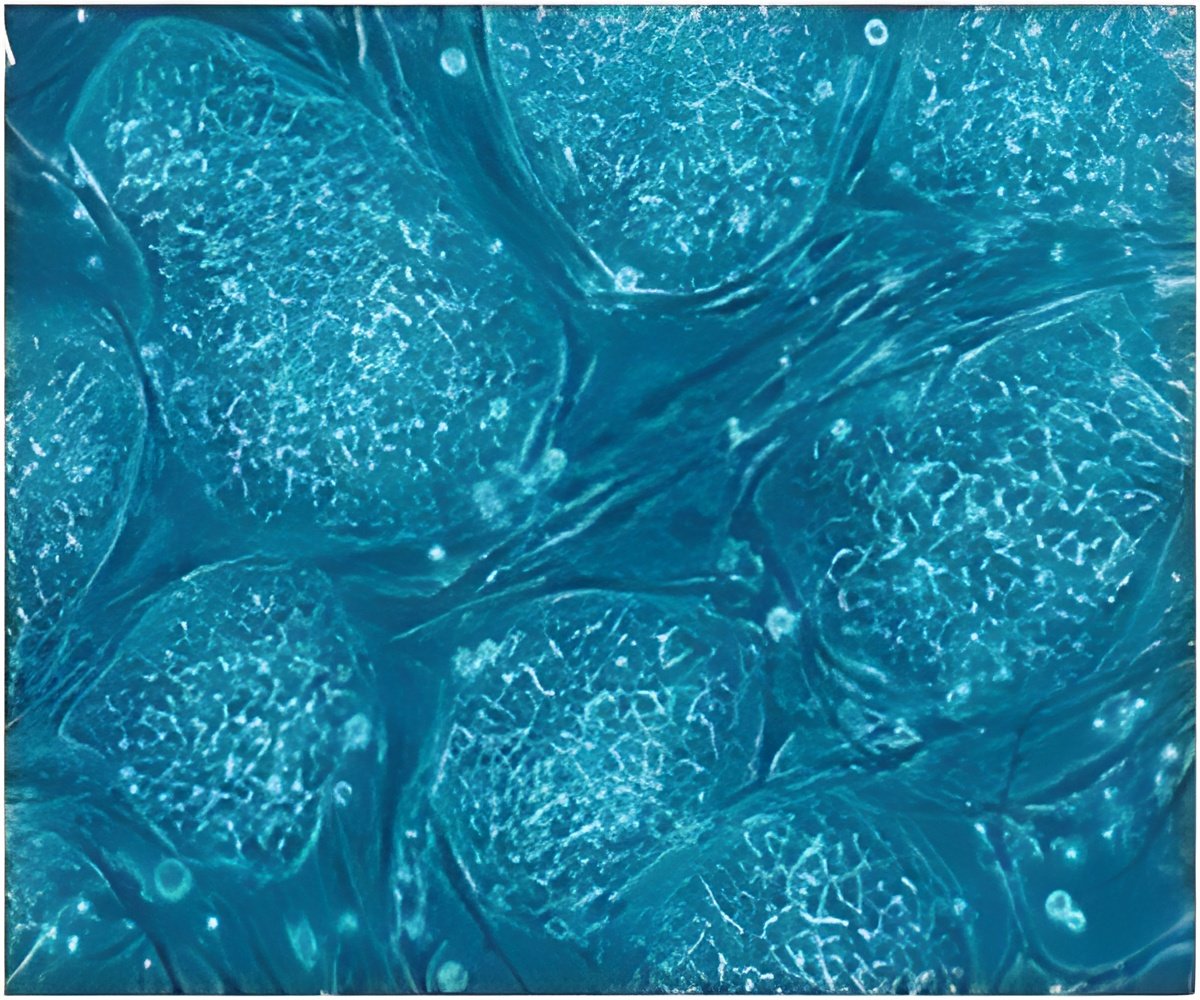
"To our knowledge, ours is the first work reporting the BMDC's contribution to the olfactory neurons," said study corresponding author Dr. Eduardo Weruaga of the University of Salamanca, Spain. "We have shown for the first time how BMDCs contribute to the central nervous system in different ways in the same animal depending on the region and cell-specific factors." In this study, researchers grafted bone marrow cells into mutant mice suffering from the degeneration of specific neuronal populations at different ages, then compared them to similarly transplanted healthy controls.
An increase in the number of BMDCs was found along the lifespan in both experimental groups. Six weeks after transplantation, however, more bone marrow-derived microglial cells were observed in the olfactory bulbs of the test animals where the degeneration of mitral cells was still in progress. The difference was not observed in the cerebellum where cell degeneration had been completed."Our findings demonstrate that the degree of neurodegenerative environment can foster the recruitment of neural elements derived from bone marrow," explained Dr. Weruaga. "But we also have provided the first evidence that BMDCs can contribute simultaneously to different encephalic areas through different mechanisms of plasticity – cell fusion for Purkinje cells - among the largest and most elaborately dendritic neurons in the human brain - and differentiation for olfactory bulb interneurons."Dr. Weruaga noted that they confirmed that BMDCs fuse with Purkinje cells but, unexpectedly, they found that the neurodegenerative environment had no effect on the behavior of the BMDCs."Interestingly, the contribution of BMDCs occurred through these two different plasticity mechanisms, which strongly suggests that plasticity mechanisms may be modulated by region and cell type-specific factors," he said.
Source-Eurekalert


